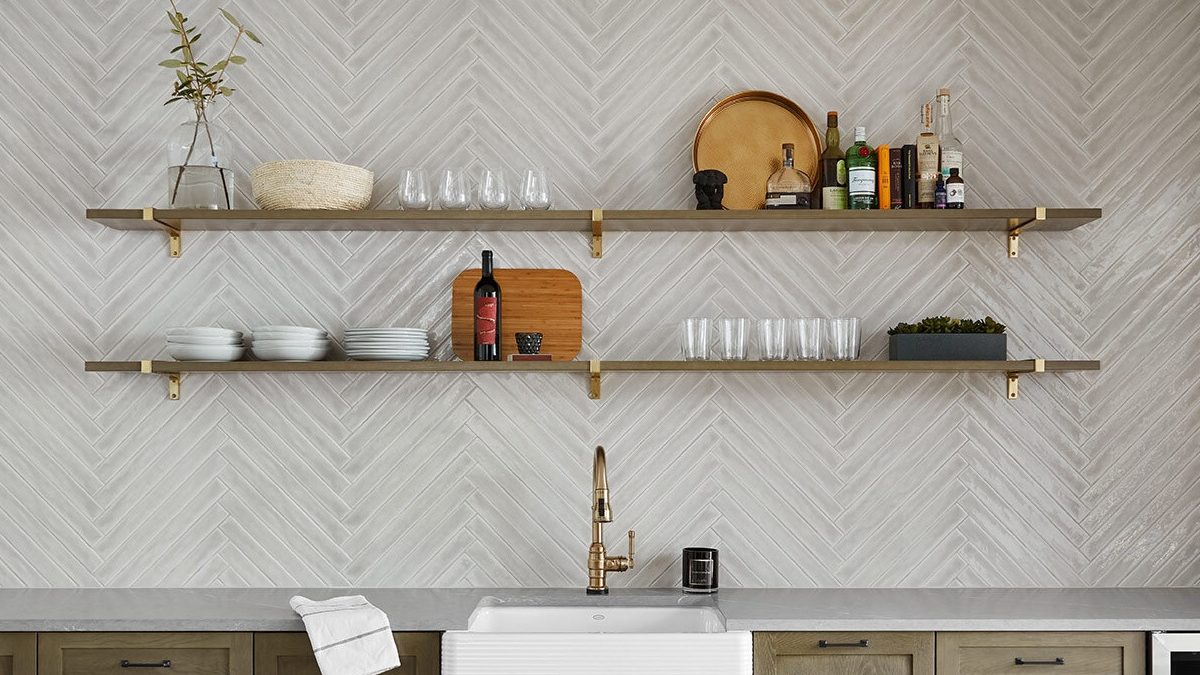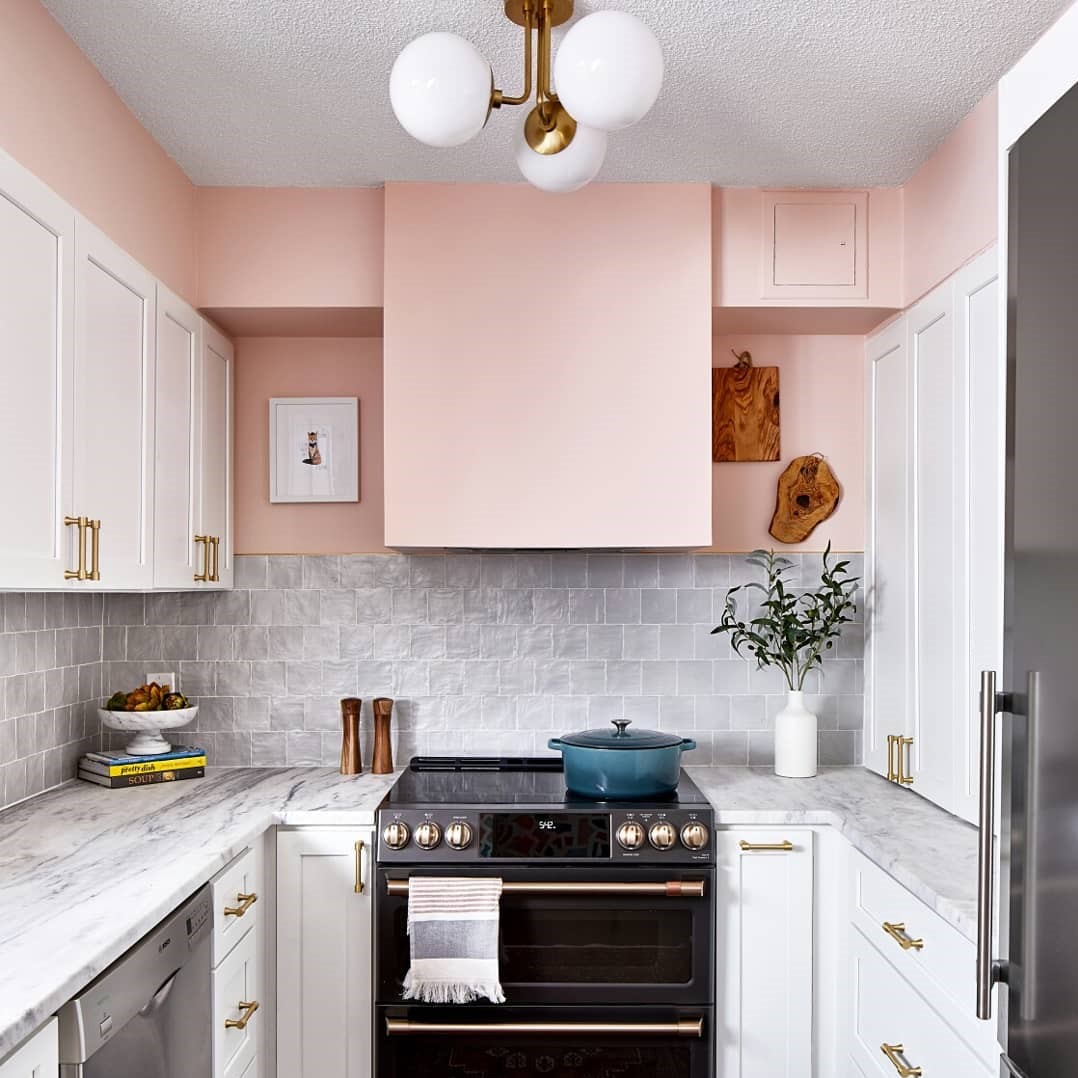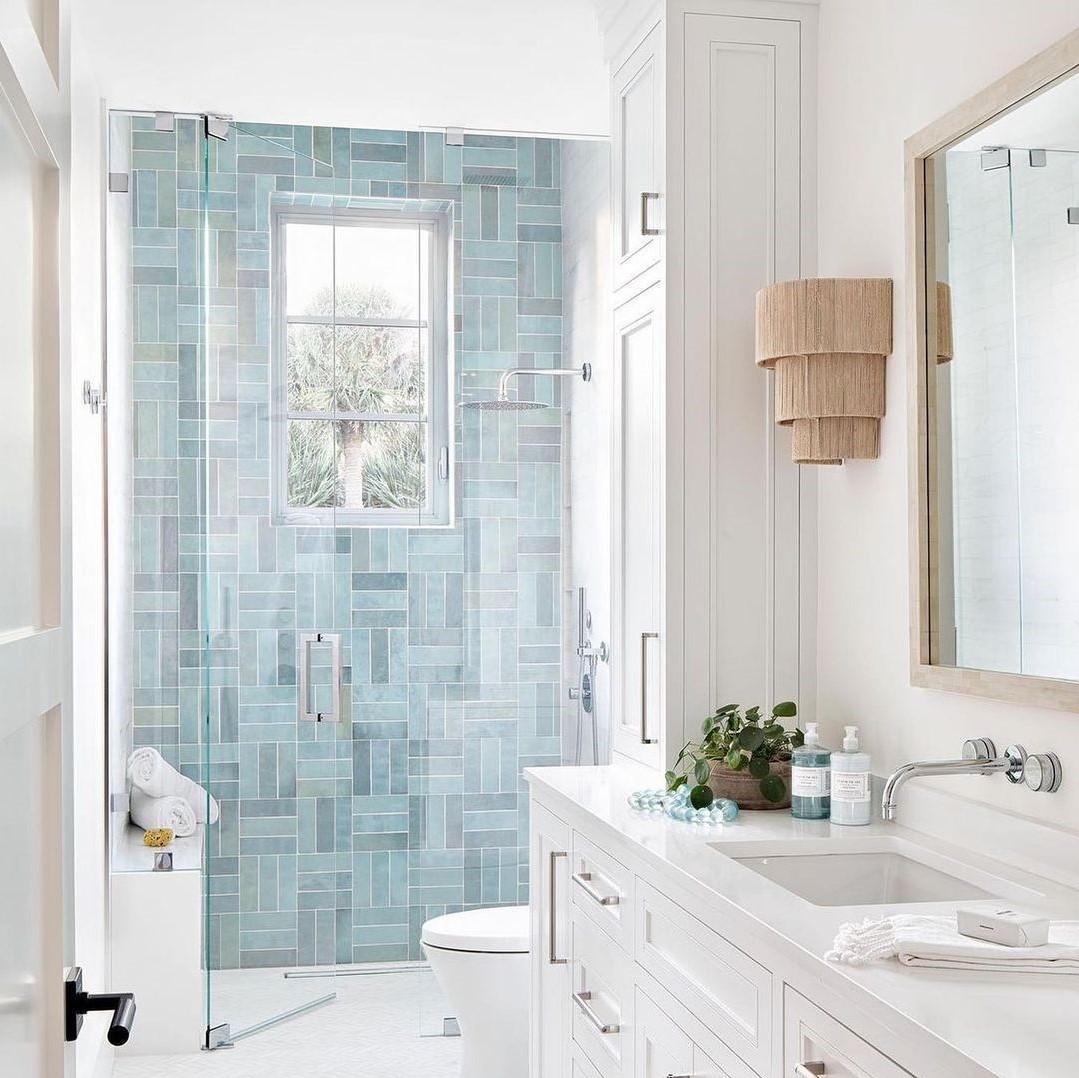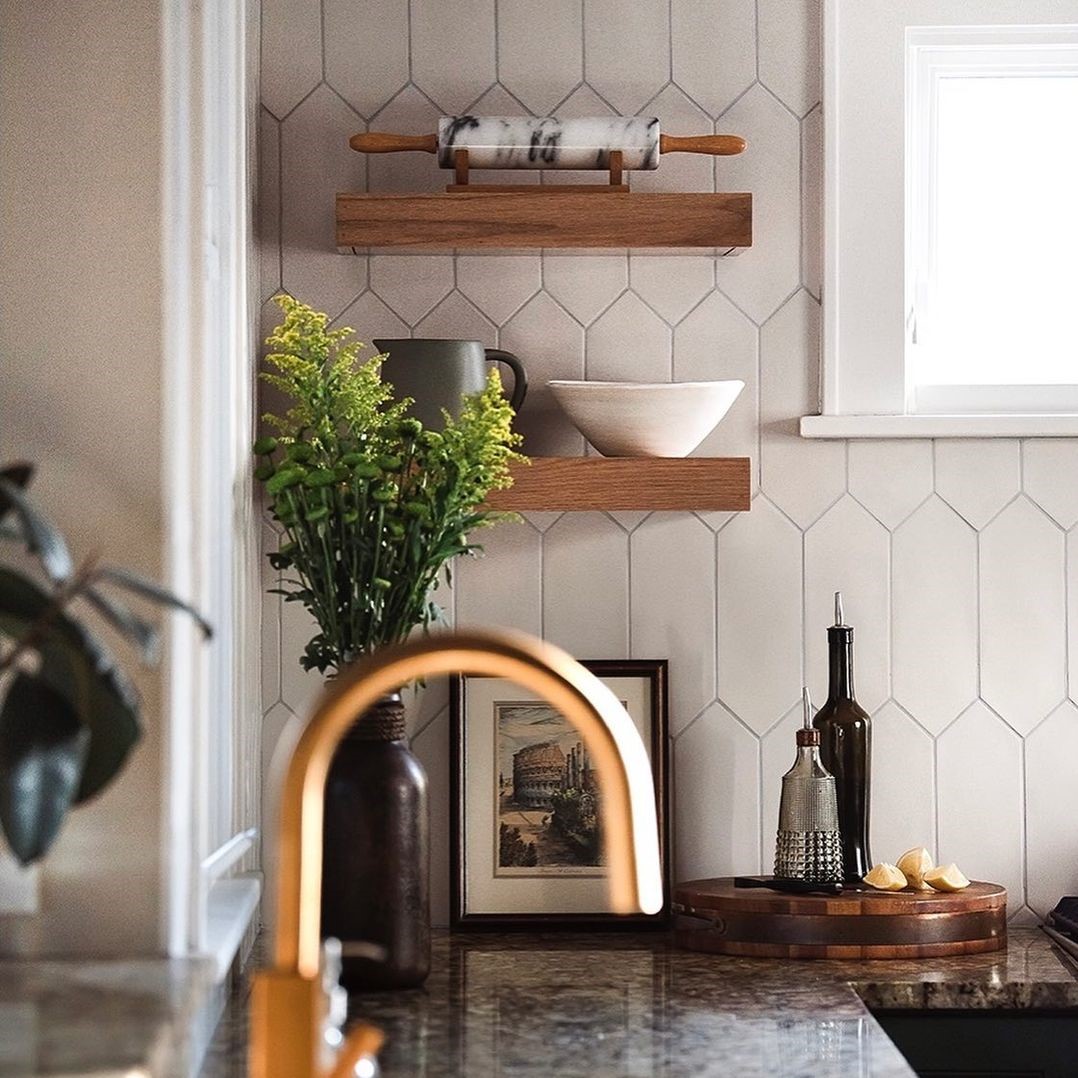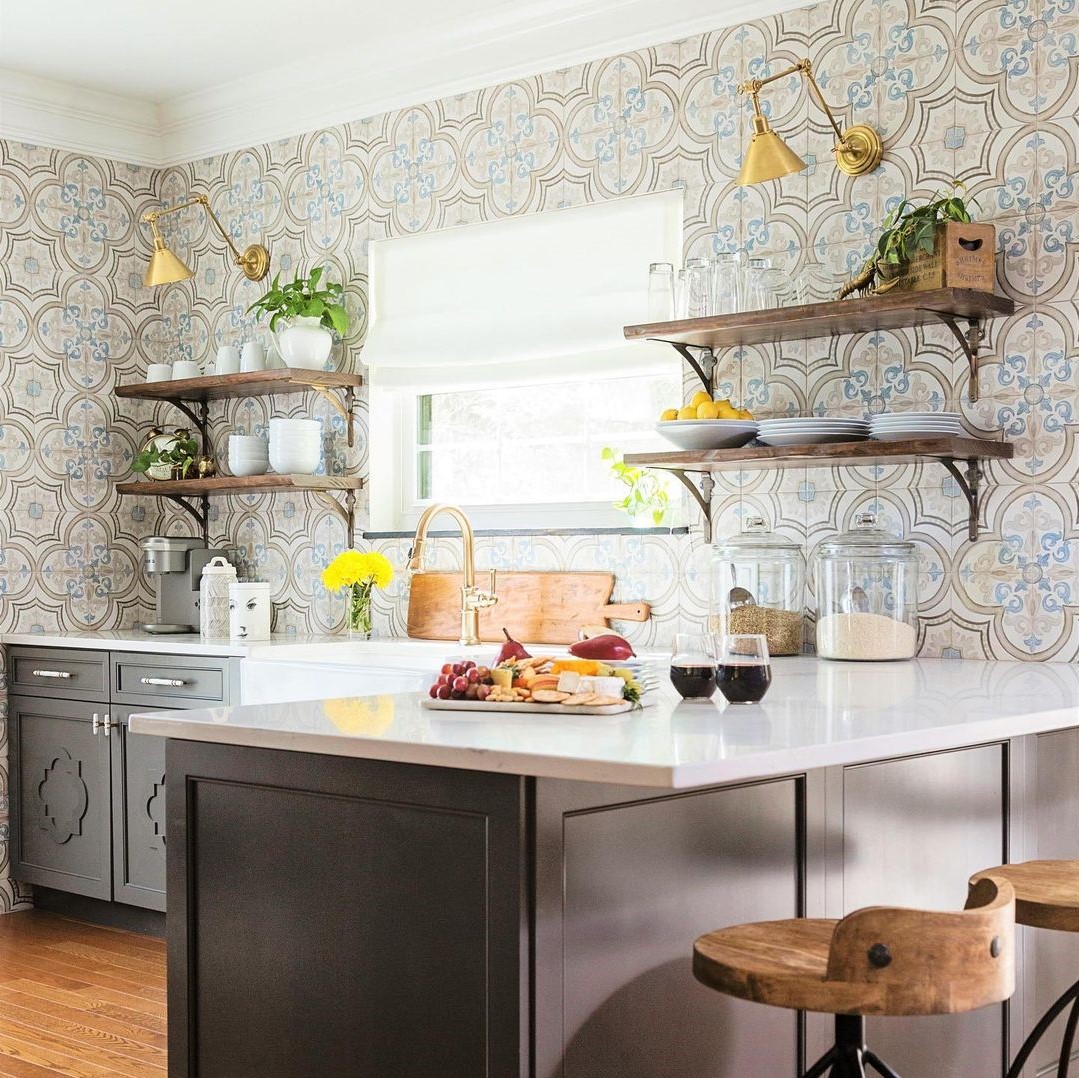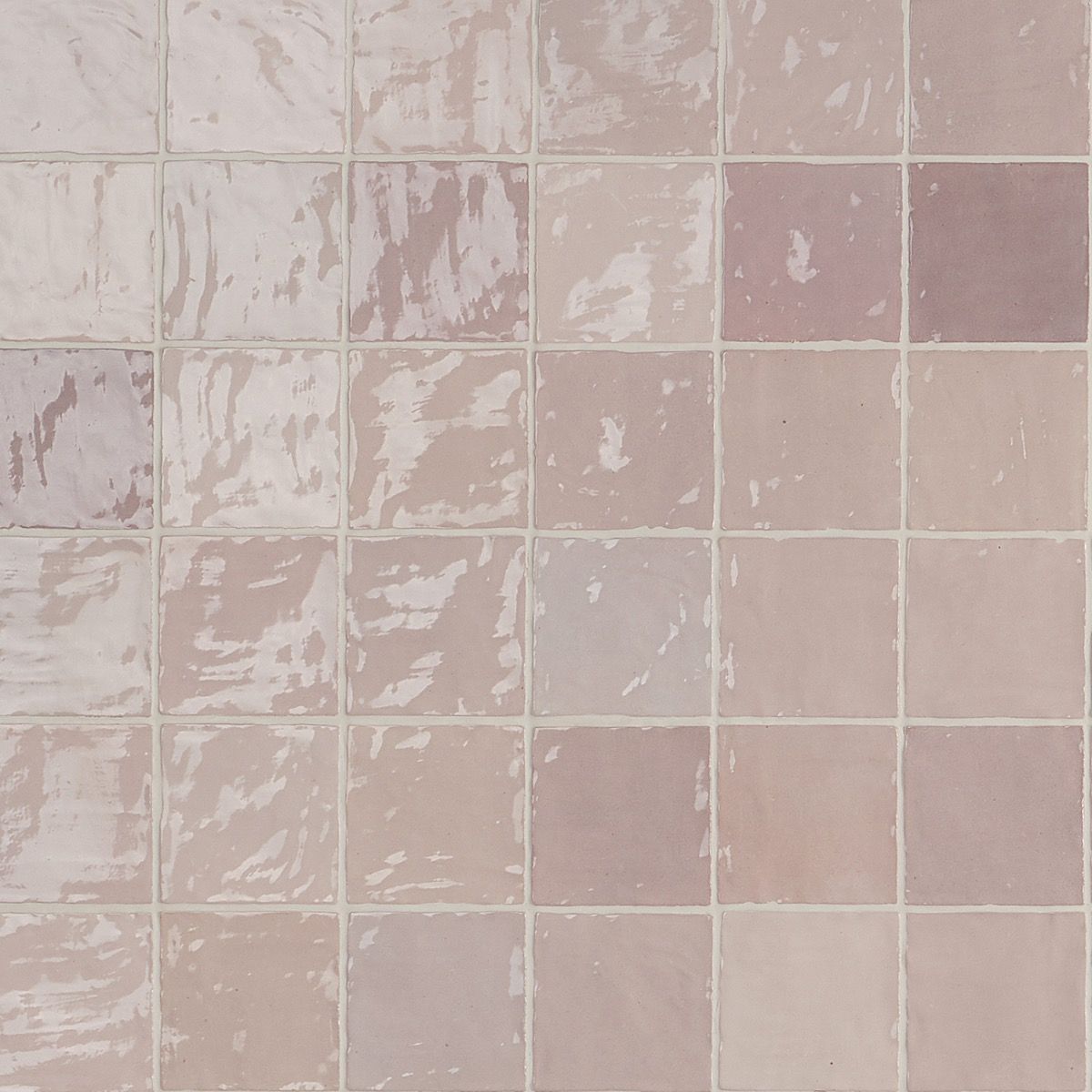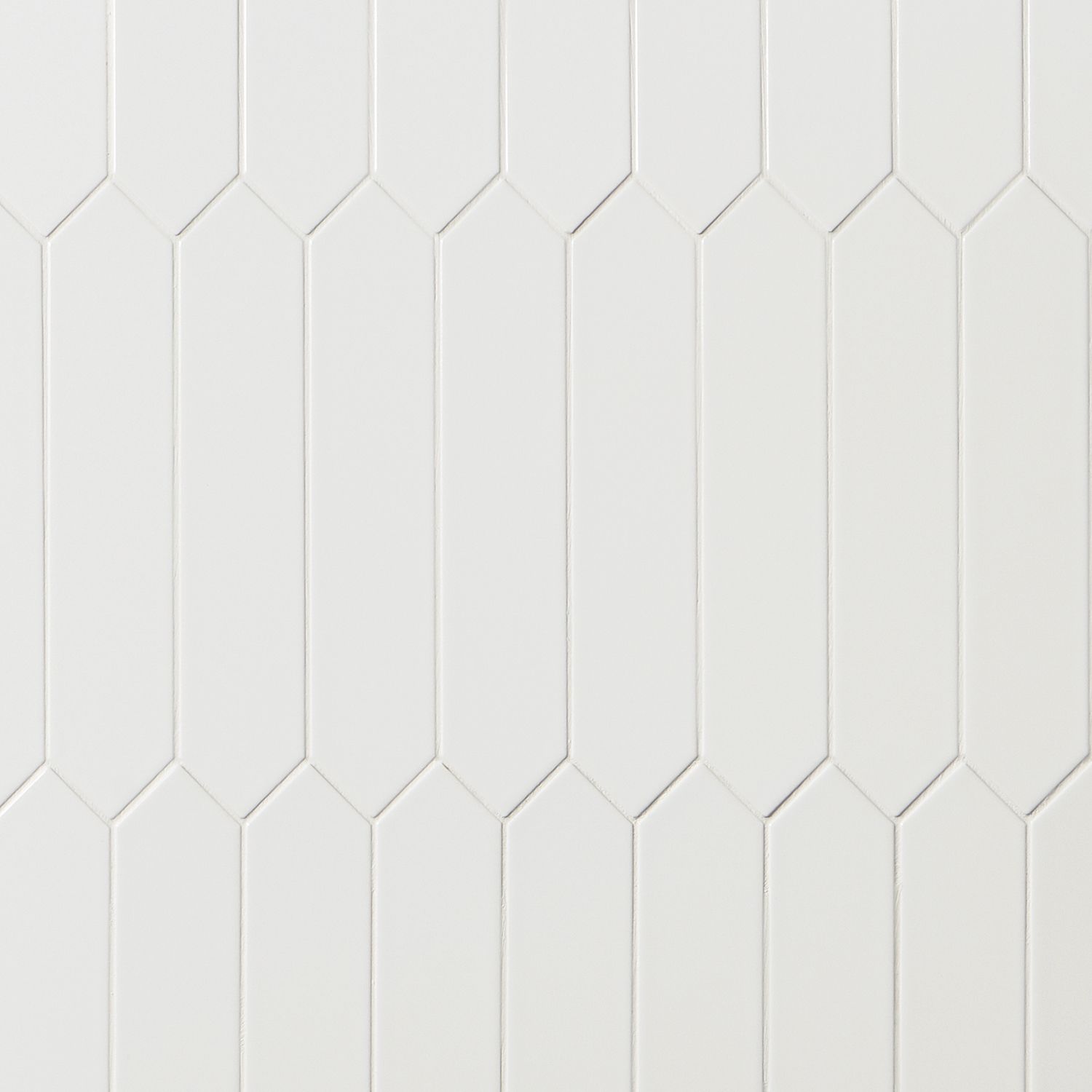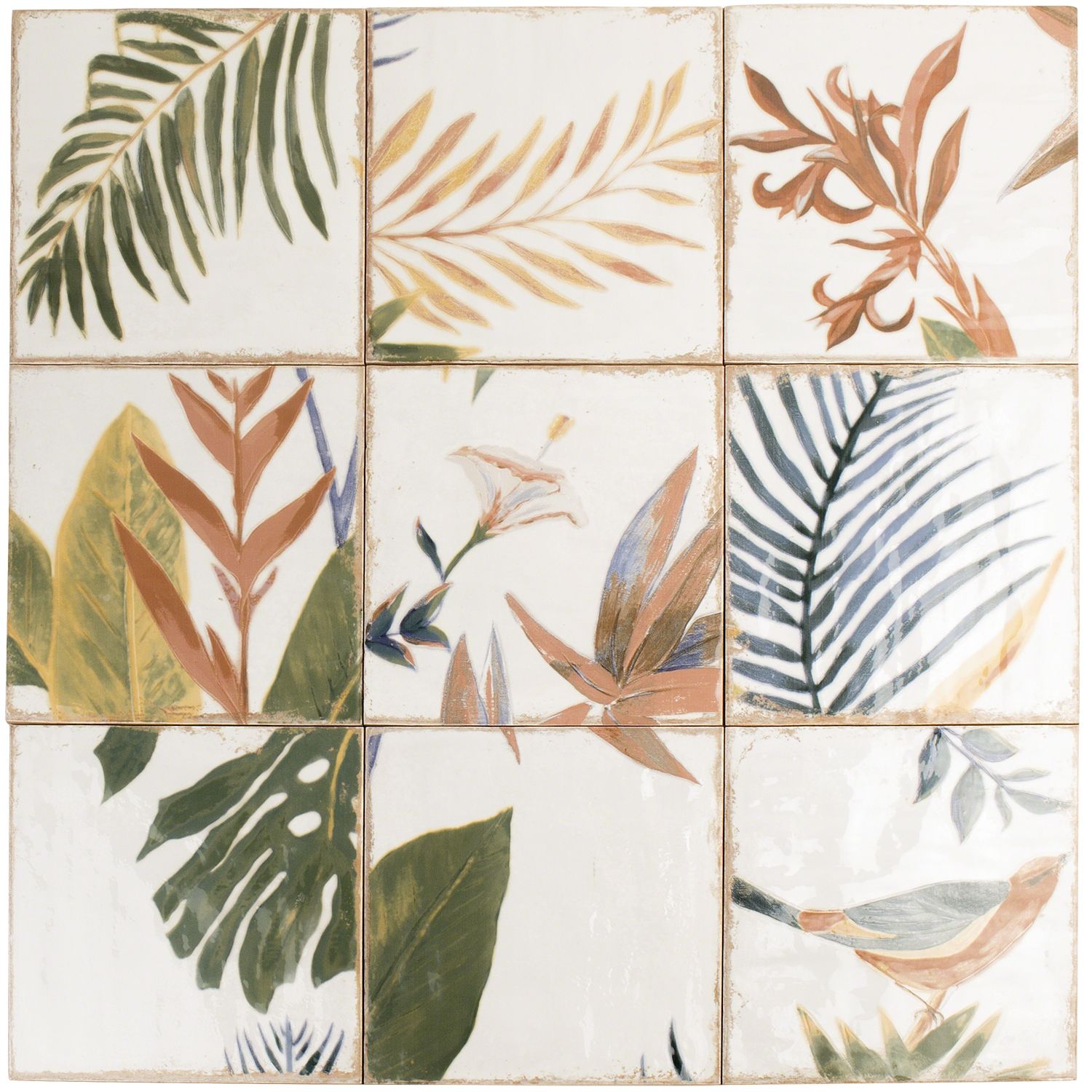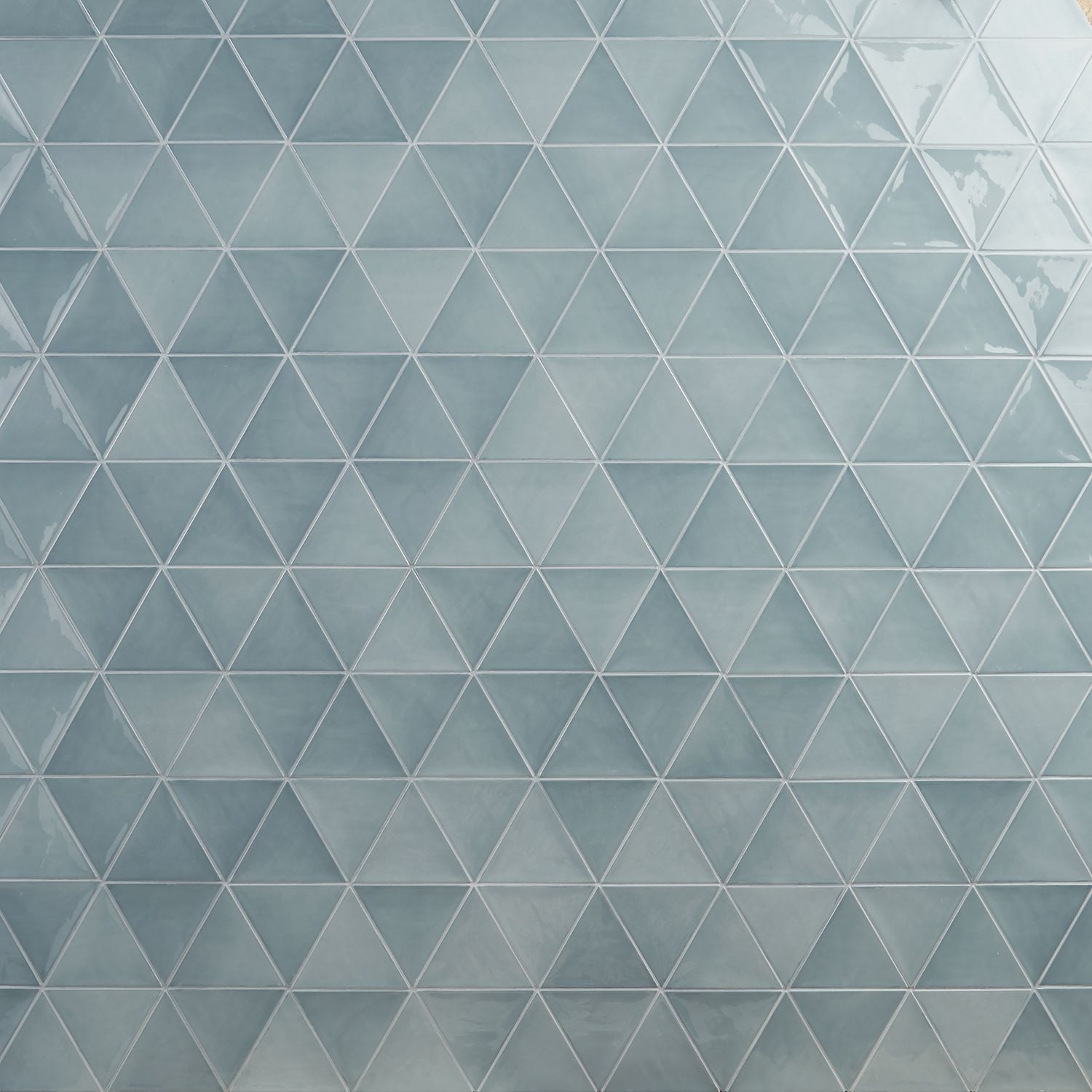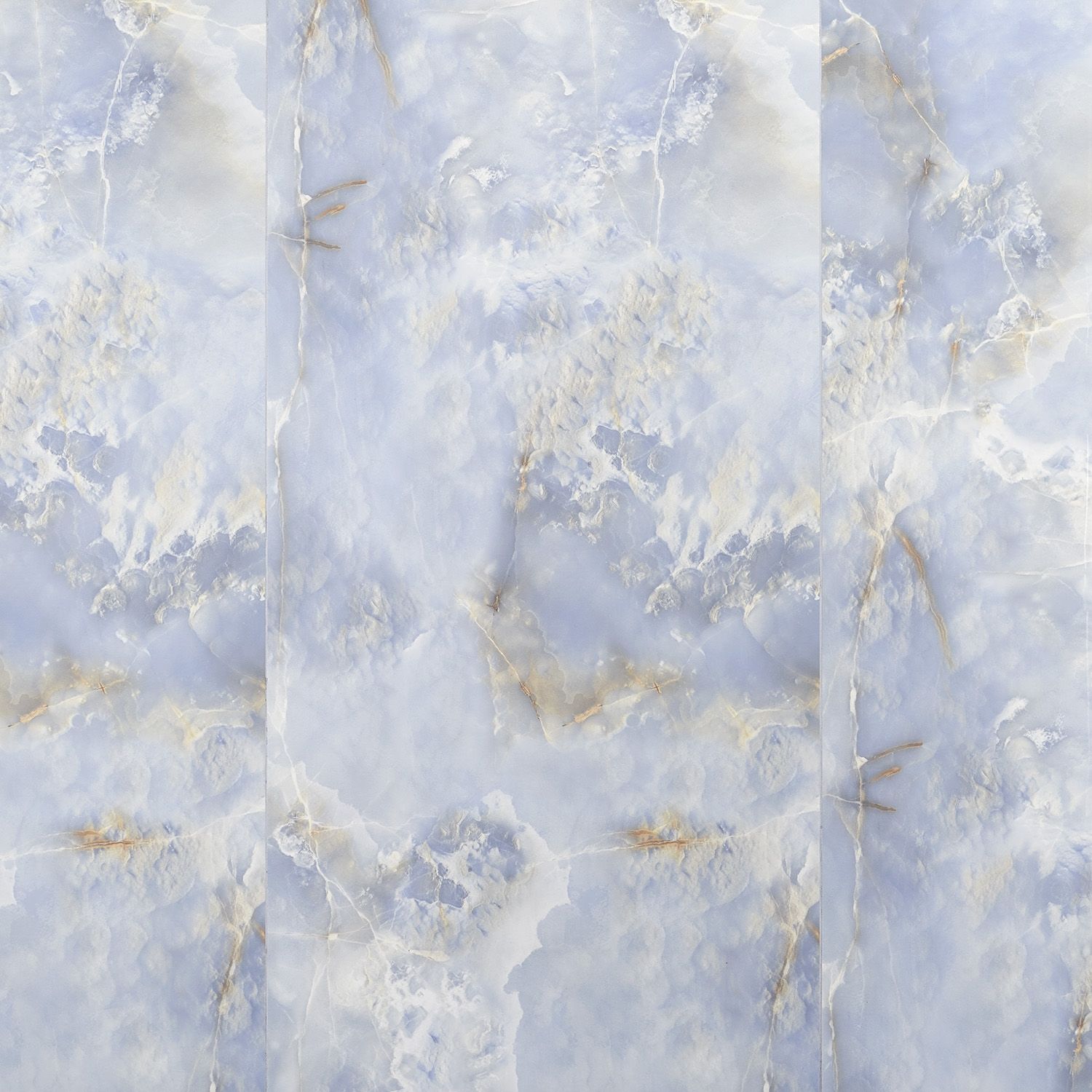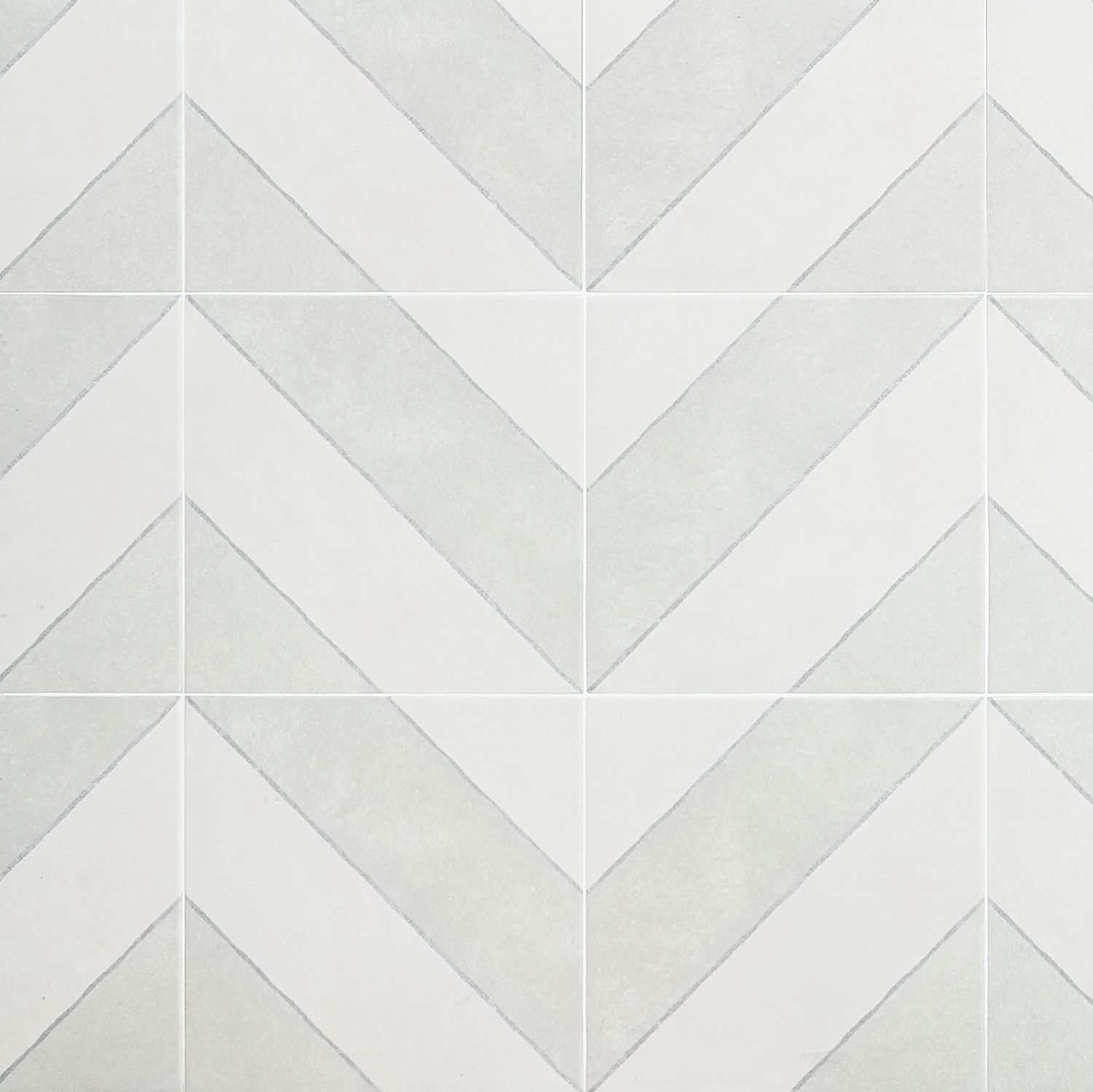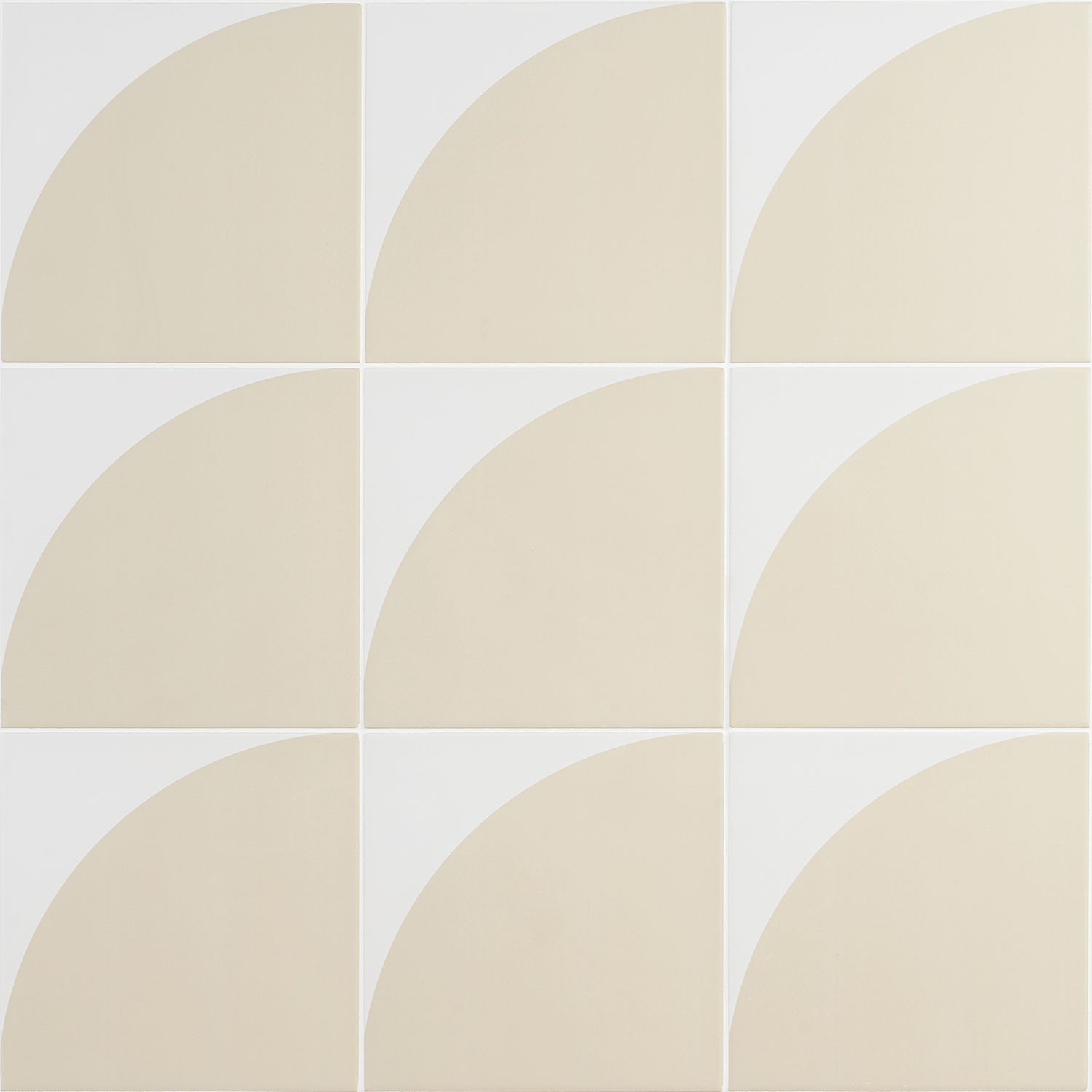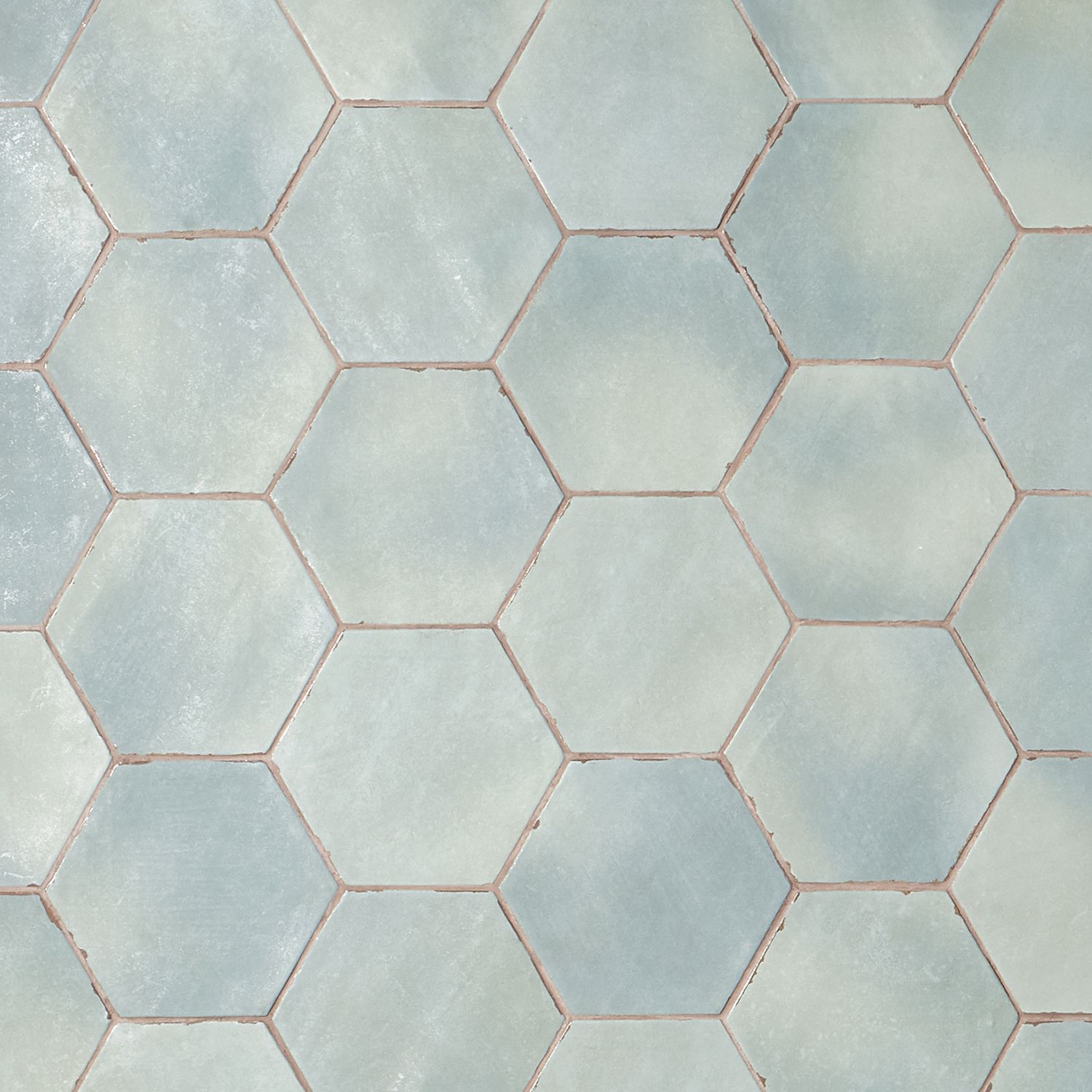When it comes to the world of tile, there are two main categories that are often confused with each other: porcelain and ceramic. Both types of tile are made from clay and other natural materials that are fired in a kiln, but each has unique properties that help determine its use in every design situation. Let’s find out what those differences are and how to use both.
What Is Ceramic Tile?
Ceramic tiles have been used for their durability and beauty for thousands of years. These tiles are made from a base of clay that is mixed with other materials like sand, feldspar, quartz, and water. This mixture is then molded into the desired shape and paint, print, glaze, or other finish may be added for decoration and resiliency. The tiles are then fired, or baked at a high temperature, to remove any excess water and set all of the materials. Different clay mixes and finishes result in a wide range of tile designs and installation types. Dimensional tiles with a glossy finish add brilliance and style to a backsplash, but would not be appropriate for a kitchen floor. On the other hand, a large ceramic tile with a matte finish could definitely do the job.
What Is Porcelain Tile?
Porcelain is actually a type of ceramic tile. Both are made from clay and then fired in a kiln, but porcelain uses a denser clay with a finer texture. Porcelain tiles are also fired at a much higher temperature, resulting in a harder, more durable tile that absorbs less water than a traditional ceramic tile. Why is this important? A porcelain tile will be able to withstand higher traffic and heavier loads on the floor, which is why you see porcelain tiles in many commercial settings. The other important factor is water absorption. The less than a tile material absorbs water, the less likely it is to expand and contract in extreme temperature changes and the less likely it is to move or crack once it is installed. This is especially important if you want to use tile outdoors.
What Are The Differences Between Porcelain And Ceramic Tiles?
When it comes to porcelain vs. ceramic, each of these tile types has its own unique list of pros and cons. To help you learn which you should use for your project, let’s compare:
PORCELAIN TILE: THE PROS
Highly Durable
Porcelain tile is a highly durable option. It can handle high traffic areas from living room floors and kitchen floors to hotel lobbies.
Stain Resistant
Porcelain’s inability to absorb moisture also means that it has an inability to resist most stains to penetrate the body of the tile.
Through-Body & Color-Body Options
Porcelain can be manufactured with the surface pattern extended through the entire body (through-body) or a matching color throughout (color-body). These options can help camouflage damage like chipping.
CERAMIC TILE: THE PROS
An Affordable Option
Many ceramic tile options are quite affordable and can help you to stay on budget while still offering great design options.
Easier to Install
Ceramic tiles are often less dense than porcelain, making them easier to cut and install. This can make your DIY tile project a lot easier.
Unglazed Options
Ceramic tiles can be finished without a glaze that is perfect for designs incorporating an earthy, natural aesthetic, or if you’re looking for a slip-resistant surface in an area where there are high amounts of moisture.
PORCELAIN TILE: THE CONS
Higher Price Tag
Porcelain tile has a number of benefits that can carry a higher price tag. There are more affordable porcelains out there but are plain and limited in design.
Harder to Cut & Install
As porcelain can’t be easily cut and requires special tools, many people choose to have it professionally installed, raising the overall price of your tile project. Read our blog post on how-to-cut porcelain tile here.
CERAMIC TILE: THE CONS
No High-Traffic Areas
Ceramic tile isn’t typically as strong as porcelain, so it doesn’t fair well in higher traffic floor areas like kitchens, living areas, high-use walkways, and commercial spaces.
Not Good with High Moisture
Ceramic tiles are often more porous than porcelain, so it’s a good idea not to install them in high-moisture areas such as shower floors or exterior environments. Here’s what to consider when choosing shower tiles.
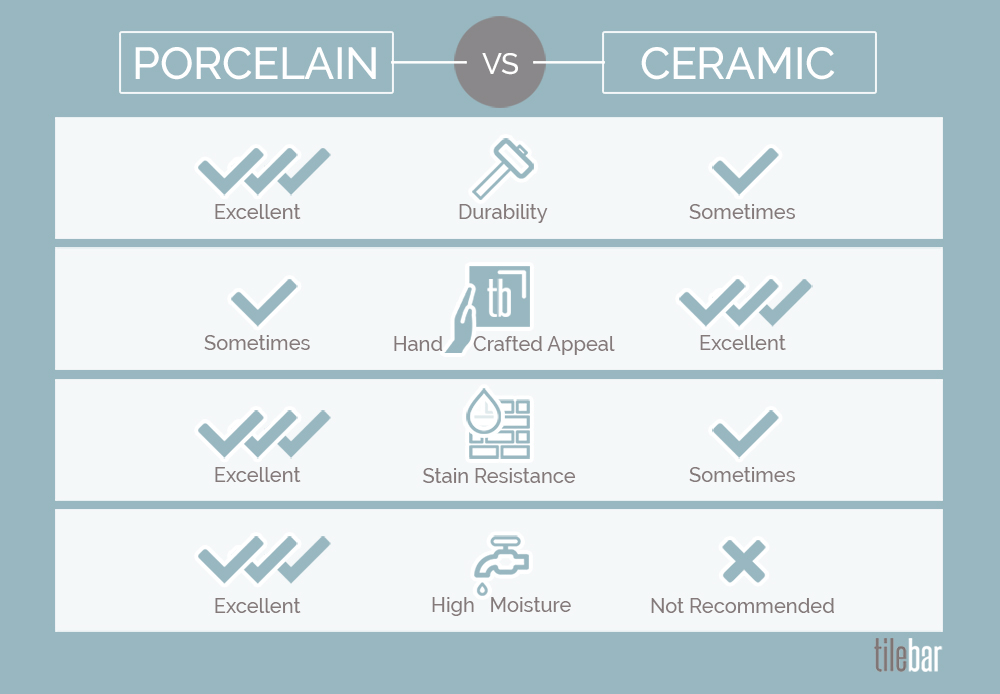
Which Tile Is Right For Your Project?
Your installation location, budget, and style can help you determine the best tile choice for your project. If you want to be confident in choosing the right tile for the right application, you can always ask us for help, or a trusted tile installer! The tile installer can guide you in the right direction and your tile supplier should be able to help provide any technical information or installation guidelines to help you make the right choice.

